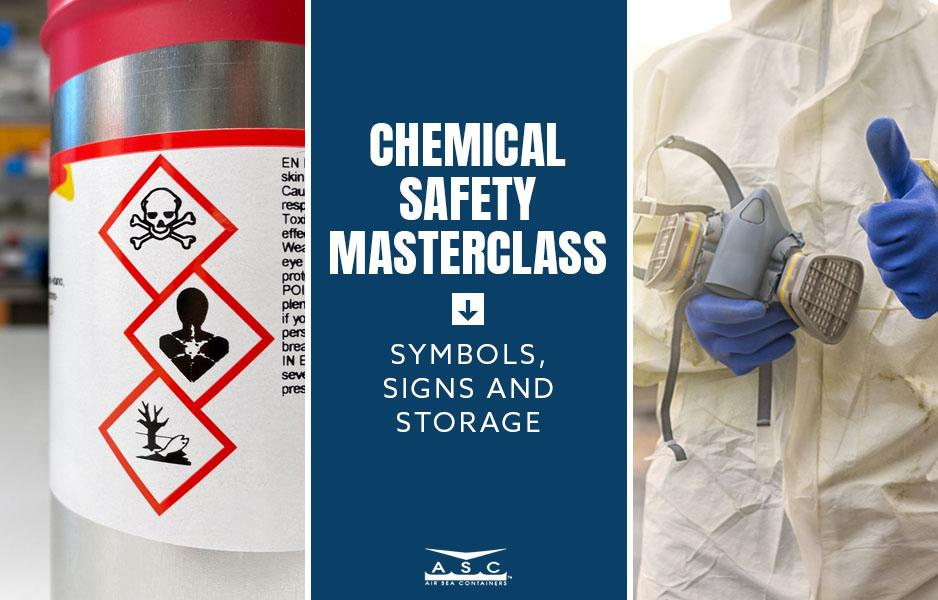Here are five important safety categories and tips warehouse managers should always keep in mind:
Clean and Organize
- Ensure the warehouse floors are free of all potential “slip and trip” hazards. Ask employees to conduct a regular safety check, making sure the floors are free of liquids, stray cords, tools, or anything else that could cause a potential hazard. Also, make sure there are no pits or cracks in the flooring.
- Have a cleanup system in place.
- If something has spilled on the floor, clean it up immediately.
- Use anti-slip rugs, paint, and tape on the work area floor.
- Cover hoses and power cords that run across walkways with durable cord covers to prevent tripping.
- Plan workflows so products, equipment, and trash do not cause obstructions.
- Place warning signs and brightly colored tape along loading dock edges to prevent staff from accidentally walking off the edge.
- Inspect the planned route of the forklift, pallet jacks and other mobile equipment for any obstacles or potential hazards.
Training
Most warehouses include a safety orientation during the onboarding process. However, some of these rules tend to lose their importance on the floor over time.
Make sure all staff are educated and current on warehouse safety procedures. Implement an ongoing training program on the safety procedures pertaining to the employee’s job that also cross-trains them so they understand the different safety procedures involved in other positions, and what to do in the case of an emergency. Provide clear written instructions in languages other than English if your employee demographic is diverse.
Accidents usually occur when corners are cut to save time. Make your staff aware of the consequences that can arise from this.
- Provide all new employees with a comprehensive training course in safety procedures and require continuing education programs throughout their time at the warehouse to ensure OSHA compliance.
- Only authorized and certified employees should operate heavy equipment and handle hazardous materials.
- Provide each employee with correctly sized personal protective equipment (PPE) so they can do their job safely.
Equipment Maintenance
Establish a maintenance plan and replace malfunctioning or damaged equipment. Machine parts, pallets, containers, and racking systems become old and worn with repetitive use, and should be inspected frequently to detect potential safety risks.
- Have a documented maintenance schedule for all equipment.
- Ensure machines and machine guards are working correctly.
- Immediately report any defects or damage.
- Inspect pallets and racking systems on a regular basis.
- Load pallets correctly to ensure stability. If you have drums of hazardous material, use spill containment pallets.
- For racking systems and mezzanines, use netting or anti-collapse mesh to prevent objects from falling.
- Store flammables in safety cabinets.
Install Barriers and Gates
Safety barriers and gates are essential in reducing the risks of falls and preventing contact with dangerous equipment. They are used to separate pedestrians from forklift traffic and create a designated route within the warehouse. Get the barriers in “safety-yellow” to make them highly visible and use self-closing gates to guarantee areas are closed off.
Proper Lifting Techniques
Lifting items is one of the leading causes of injury in a warehouse.
When a load must be transported and cannot be completed using forklifts or automatic dock levers, a worker must step in and do some physical labor.
Emphasize proper lifting form and techniques to prevent ergonomic injuries from stacking, lifting, and storing materials. When workers use proper lifting techniques, they are less likely to get back sprains, spinal injuries, wrist injuries, and other injuries caused by lifting heavy objects.
- Use equipment when possible.
- Post signs throughout the warehouse showing proper lifting techniques.
- Wear a supportive back brace if necessary.
- Incorporate a training program for workers emphasizing the basics:
- Know your limits
- Get low and bend your knees
- Keep your back straight
- Lift with your legs
- Avoid twisting or turning
- Make sure you have visibility over the load
- Check the route to ensure there are no obstacles
- Make sure there is enough space for the load at the destination
Enforcing safety awareness and practices prevents accidents and injuries from occurring, makes your warehouse OSHA compliant and saves on insurance costs. When safety procedures are upheld, a warehouse is an efficient and productive work environment.












